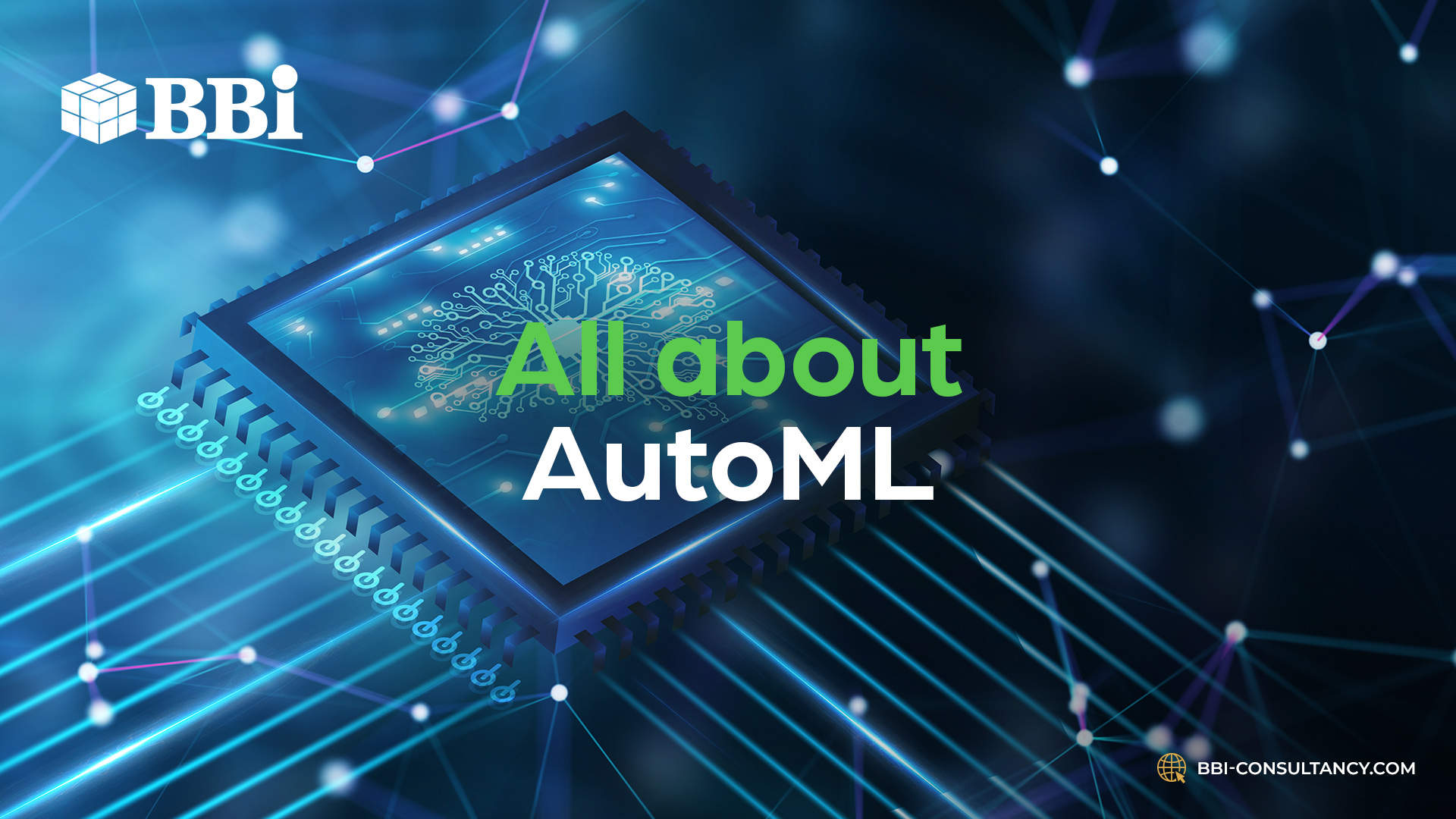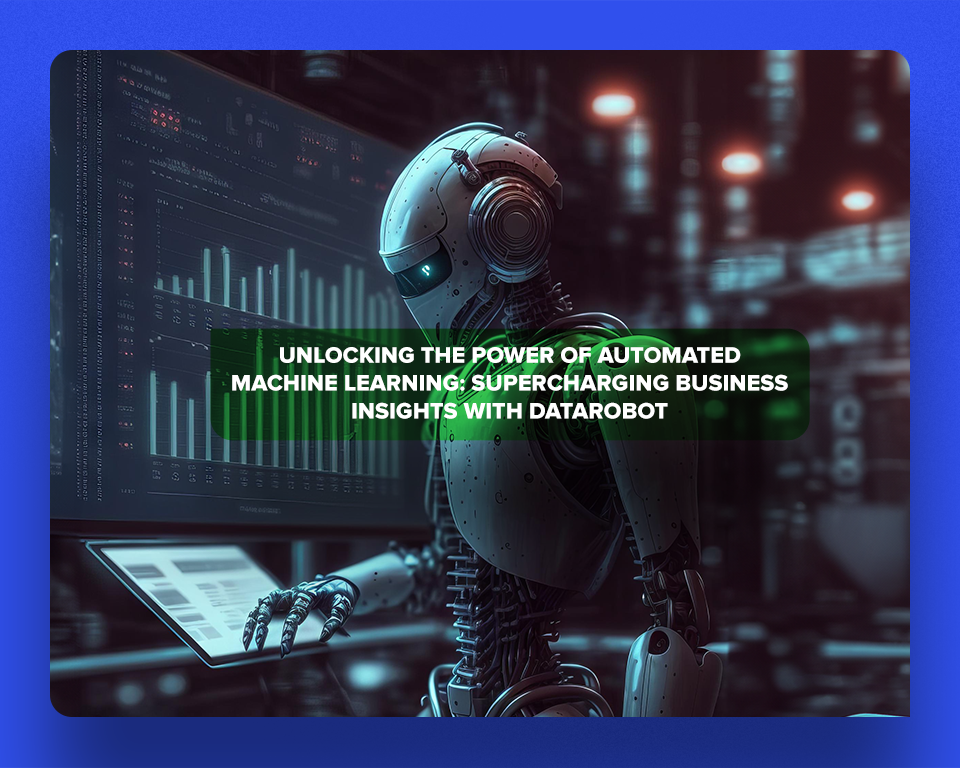

According to Forrester’s recent research, 61 percent of data and analytics business decision makers who deployed AI, stated that they had either implemented or are in process of implementing AutoML software. This is because AutoML has the potential to up-scale the AI at any business. When machine learning algorithms are automated, the results are more accurate and quicker than those produced by manually coding the algorithms.
This article series dedicated to AutoML will let you explore the technology from a new perspective. This is the very first article of the series, in which you will learn about AutoML concept, how it works and its pros and cons.
What is AutoML?
AutoML, short form of automated machine learning is a process wherein the iterative and time-consuming tasks involved in machine learning model development, are automated. Hence, high scale, productive and efficient ML models can be developed with sustaining quality.

How Does It Work?
From processing a raw dataset to deploying an actual machine learning model, AutoML is often a platform or open-source library that makes every stage of machine learning more convenient and straightforward. Models are built manually in classical machine learning, and each step of the process must be handled individually. Models that have already been in place may be used for fresh datasets.
There is a variety of machine learning algorithms out there, but AutoML finds and employs the most effective one to do a specific job.

Two principles are used to do this:
- Neural architecture search automates the creation of neural networks.
- Models that have already been in place may be used for fresh AutoML uses transfer learning to apply its current designs to new challenges.
Users with a rudimentary knowledge of machine learning and deep learning can use a language like Python to communicate with the models. To be more explicit, following are some of the machine learning phases that AutoML may automate in the following order:
- Processing of unprocessed data
- Engineering of features and selection of features
- Choosing a model
- Optimization of hyperparameters and optimization of parameters
- The implementation that takes into account the company’s needs as well as the available technology
- The choice of evaluation metrics
- Monitoring and problem checking
- Analyzing the data
Why Is It So Important?
AutoML has made it feasible to fine-tune the end-to-end machine learning process, or machine learning pipeline, using meta-learning. AutoML, on a larger scale, is a step toward general AI.

AutoML’s Pros and Cons:
- It minimizes training time for machine learning models and speeds up the machine learning process.
- A business may save cost by spending less time and money operating a quicker and more efficient machine learning process.
- Businesses may also save money by not having to spend as much time or money educating their employees or employing specialists. As a result, a larger spectrum of businesses now consider using machine learning.
- AutoML methods are also more efficient than hand-coded models in terms of performance.
- Because AutoML is still a young area, many of the most popular tools aren’t completely functional.
Using AutoML software, enterprises without professional data scientists or machine learning experts can access machine learning. Open-source repositories like Github or third-party vendors may provide these systems, or they can be developed in-house.

